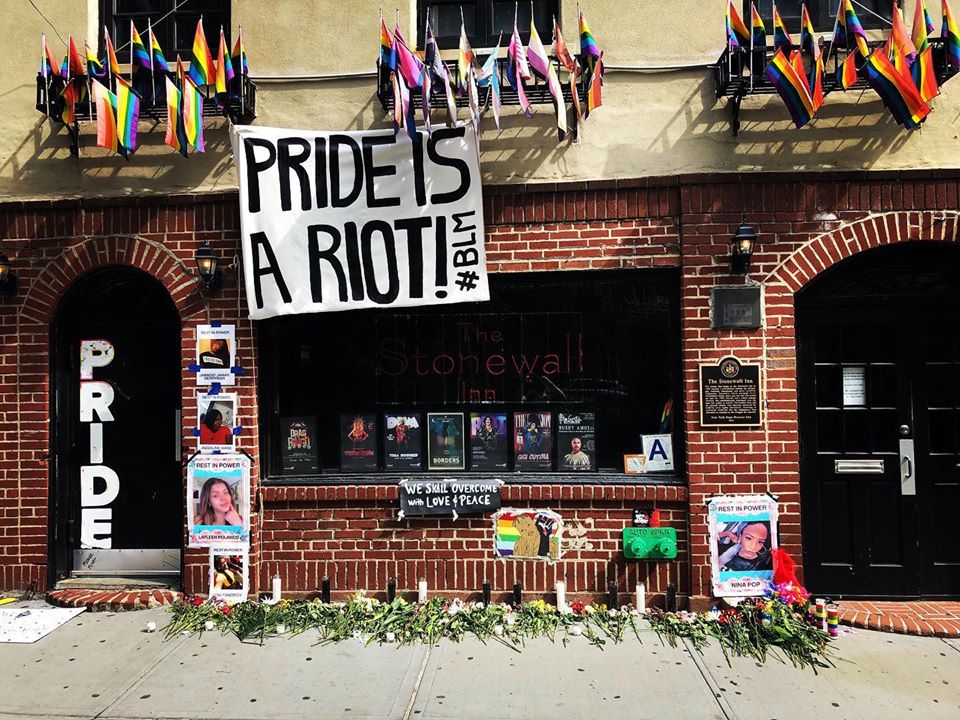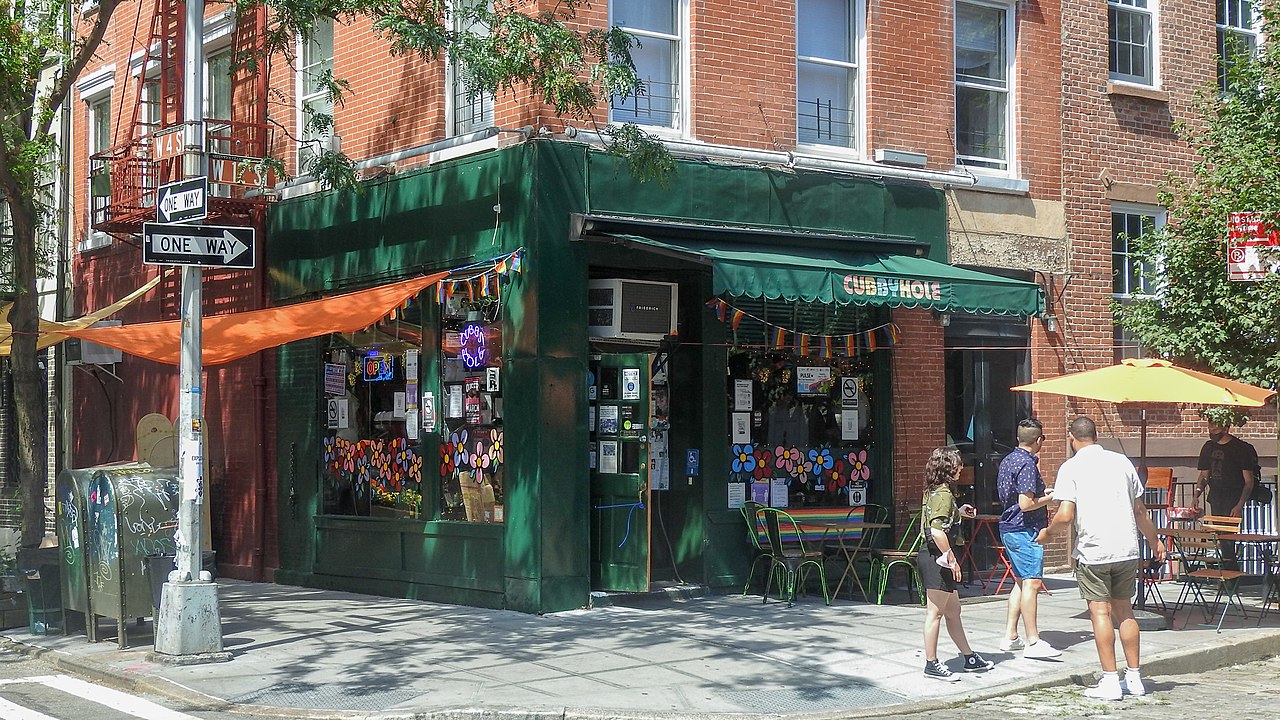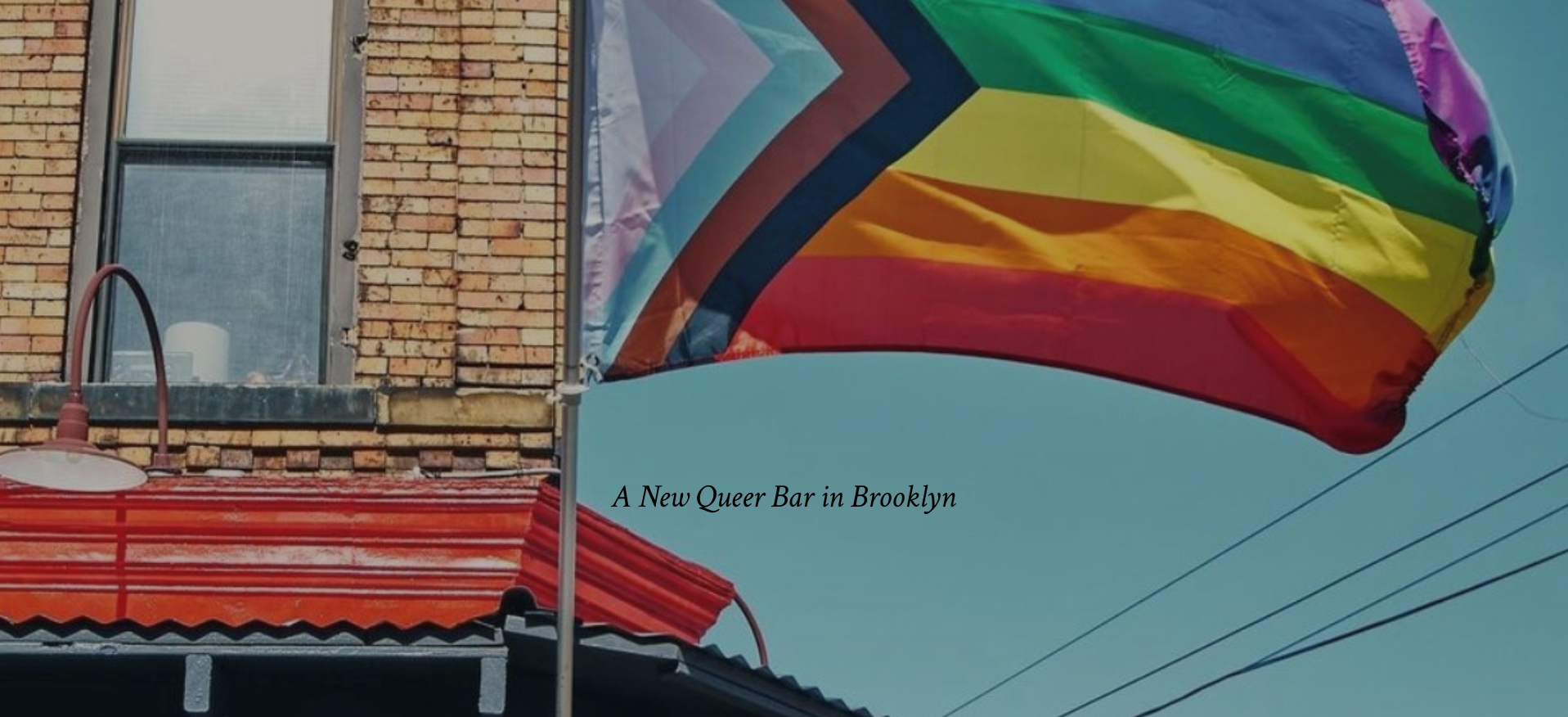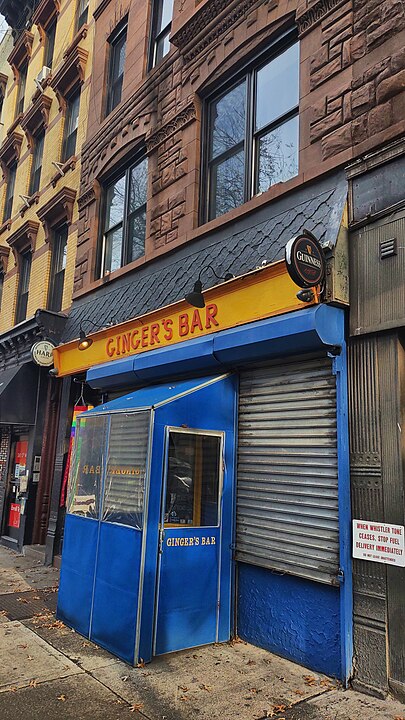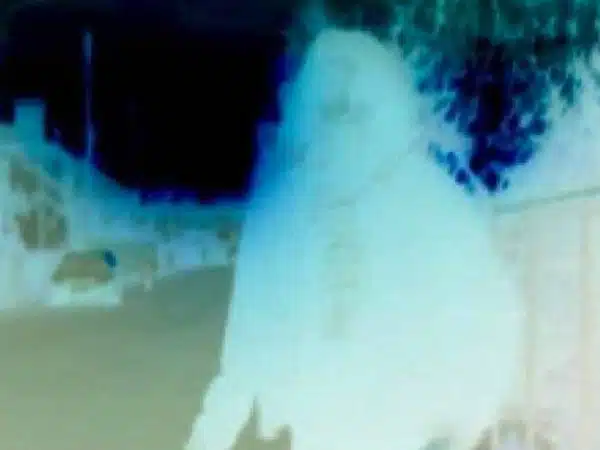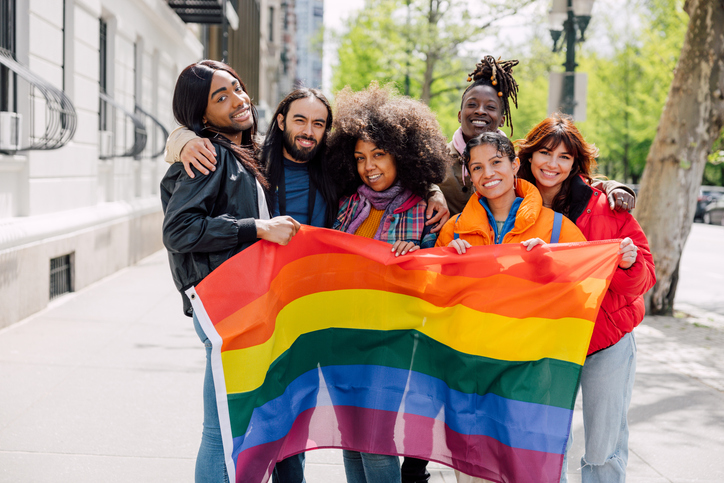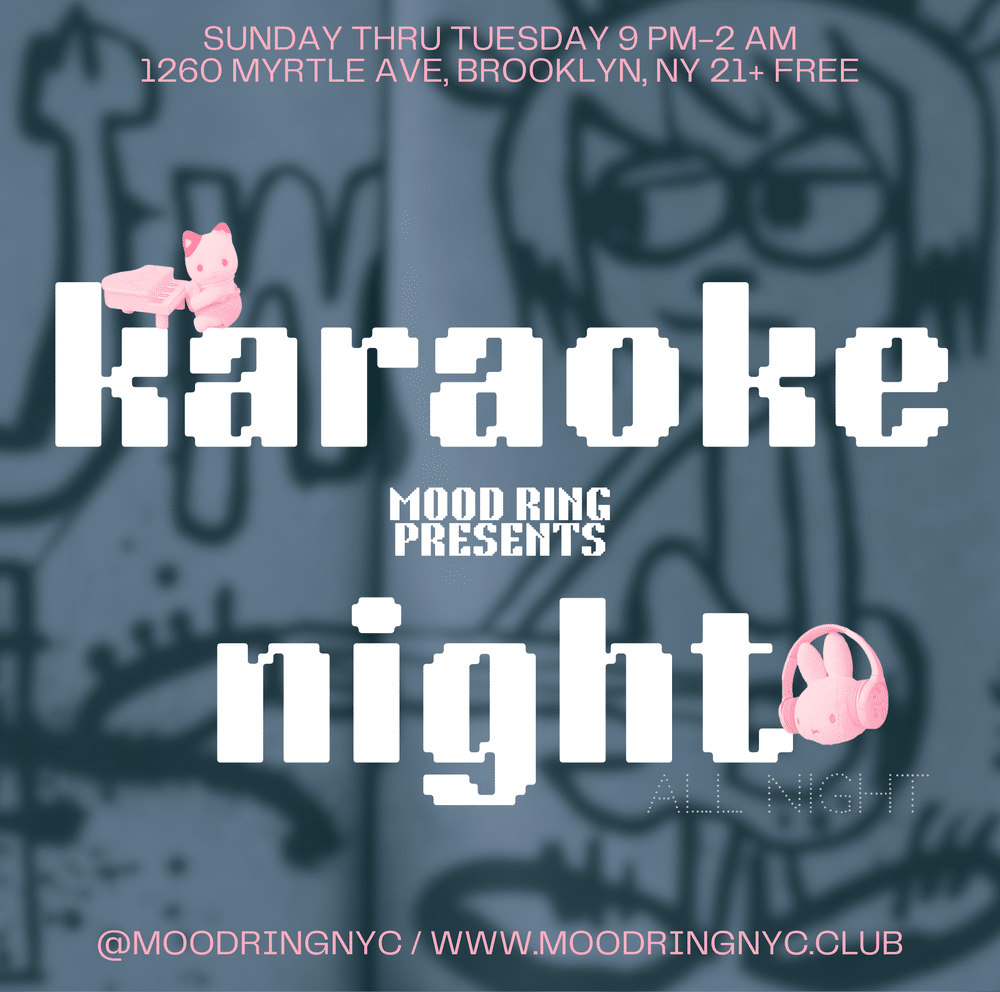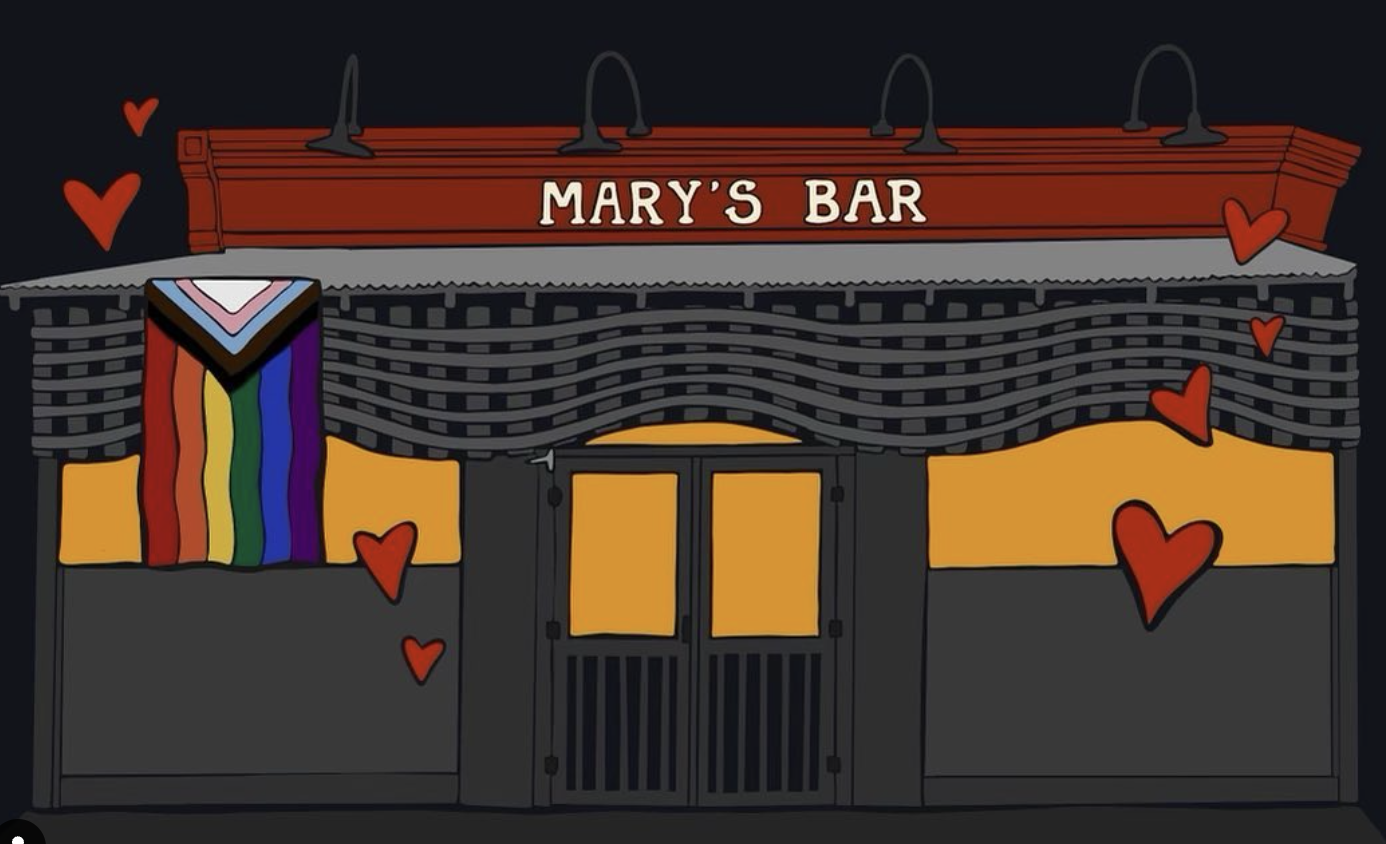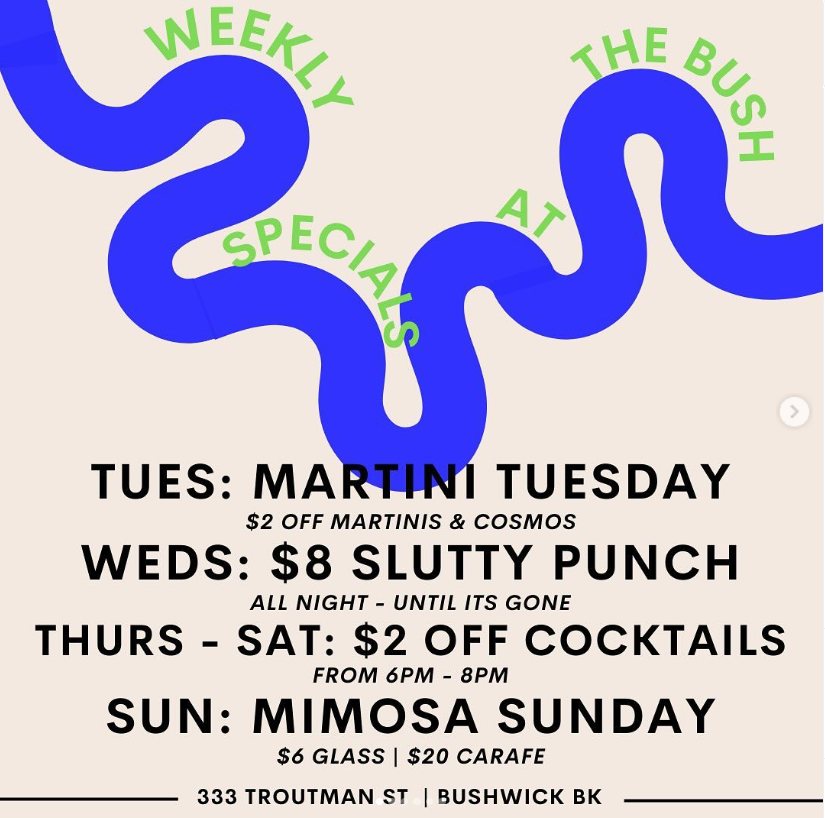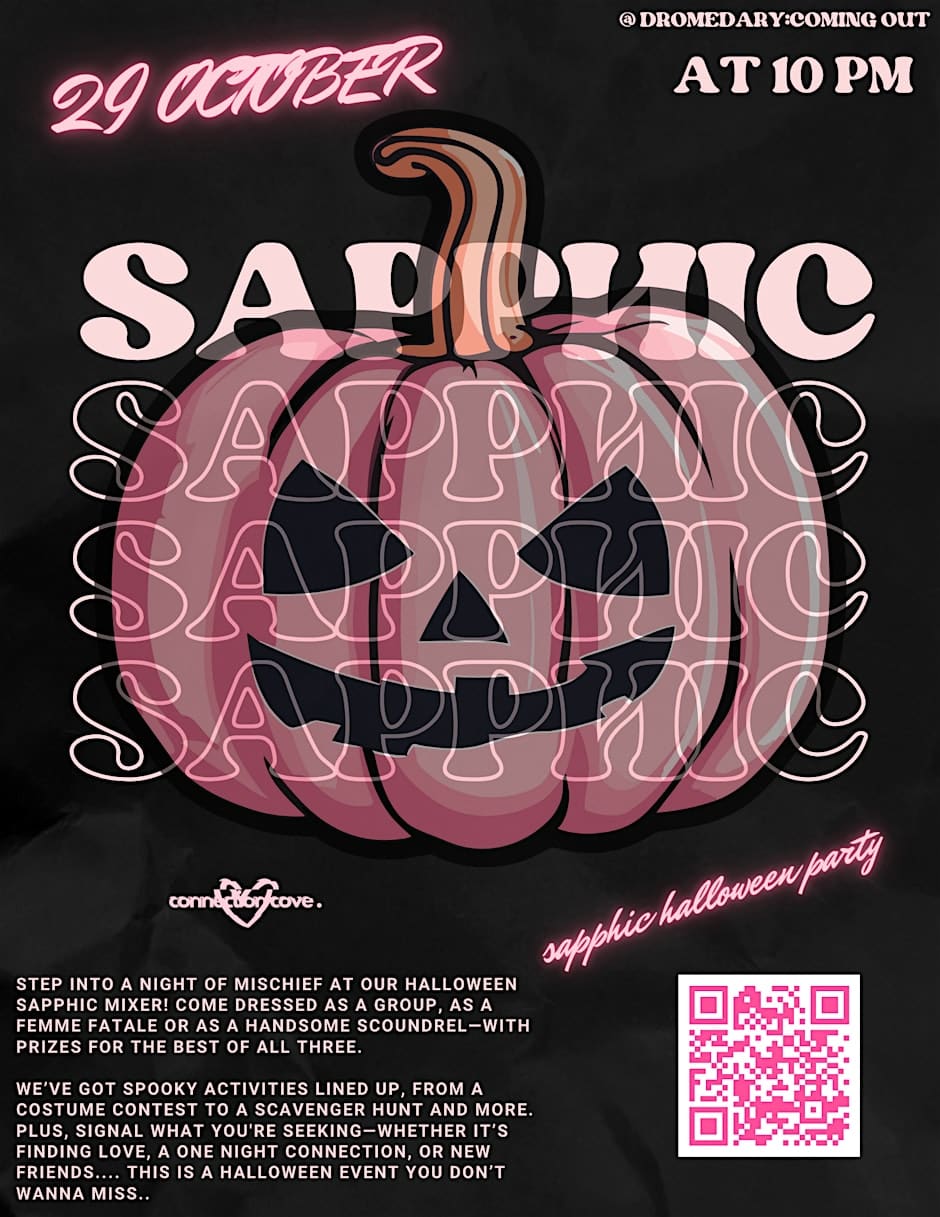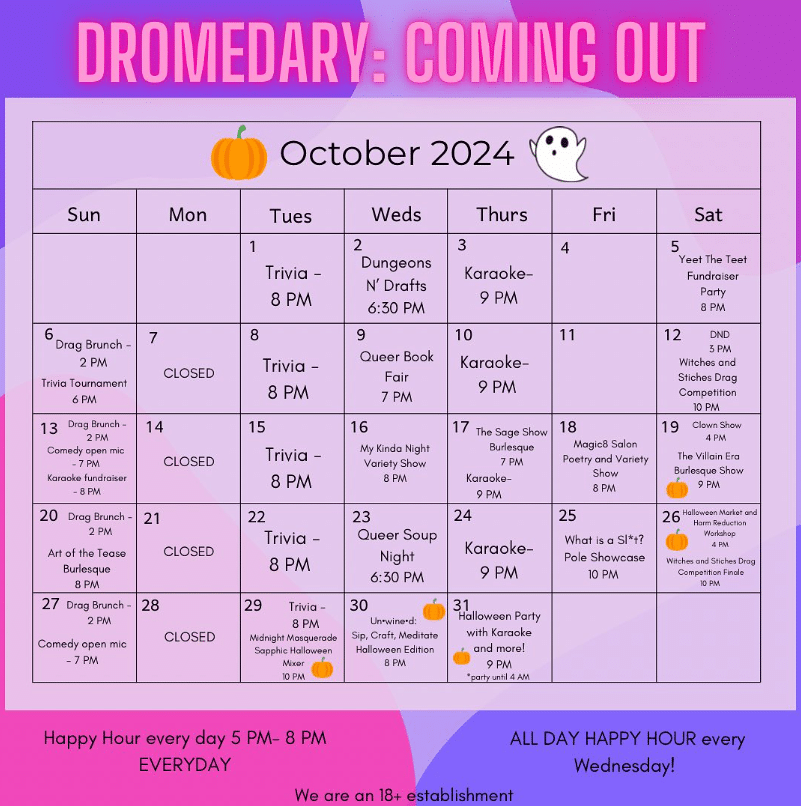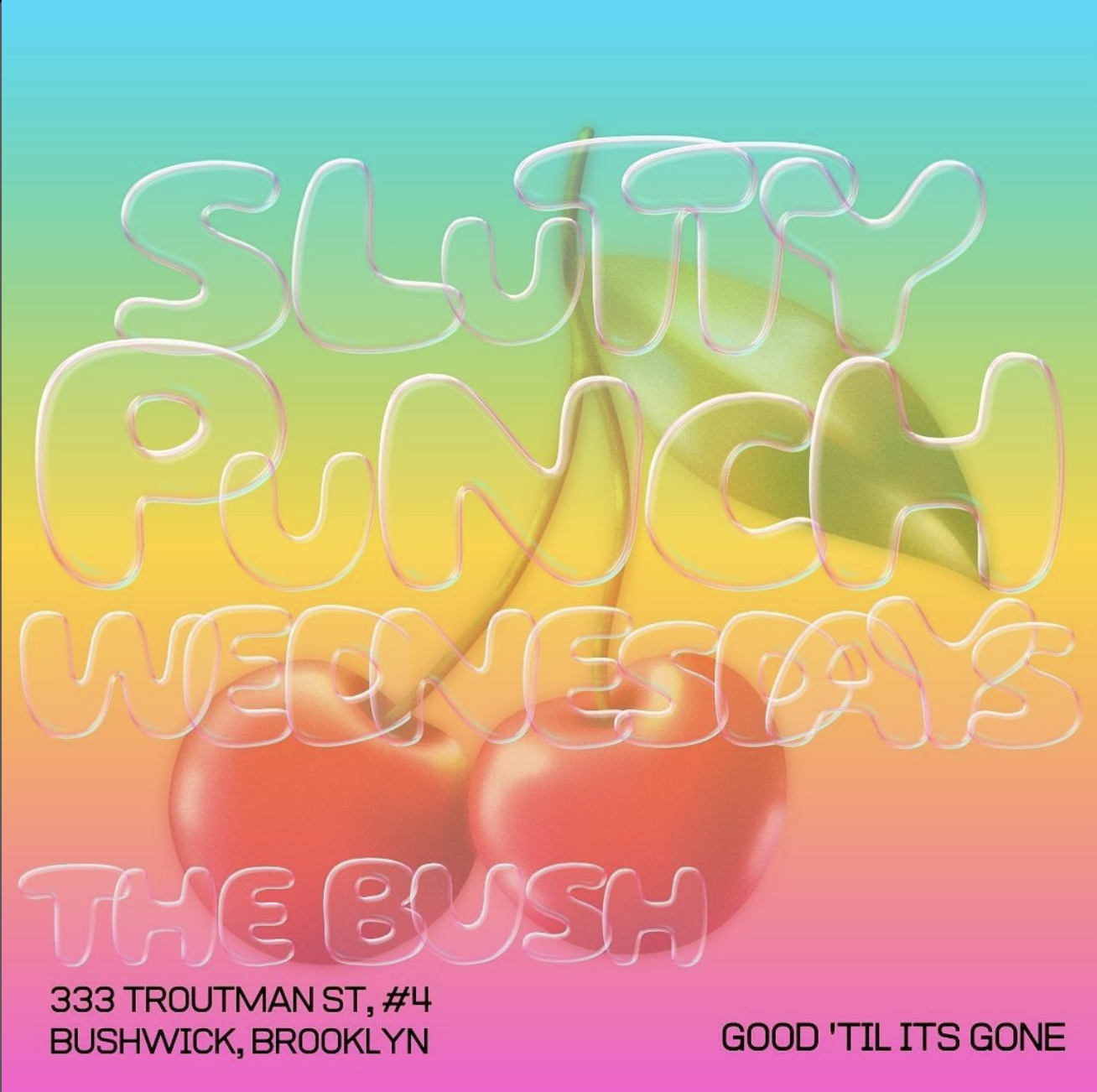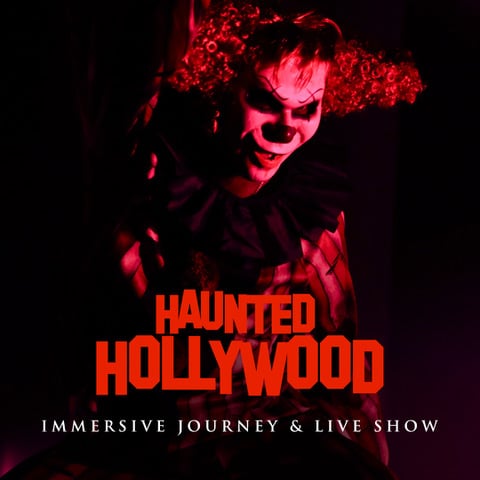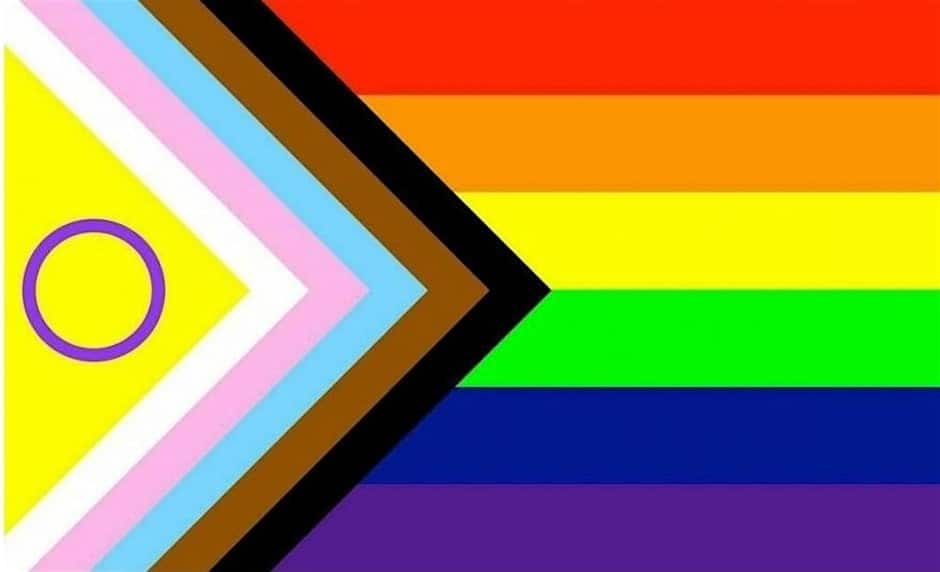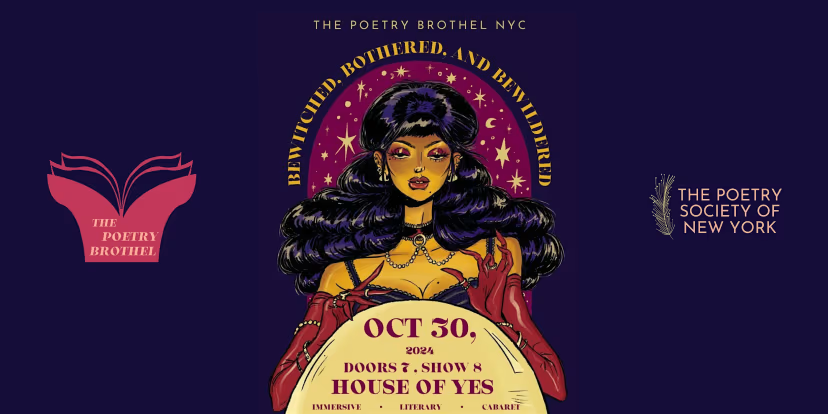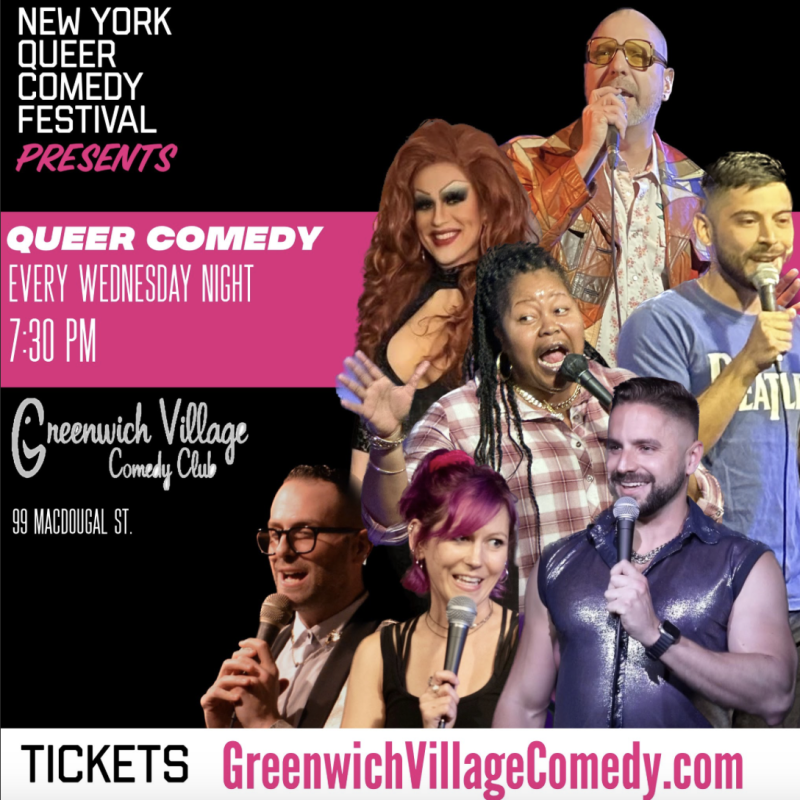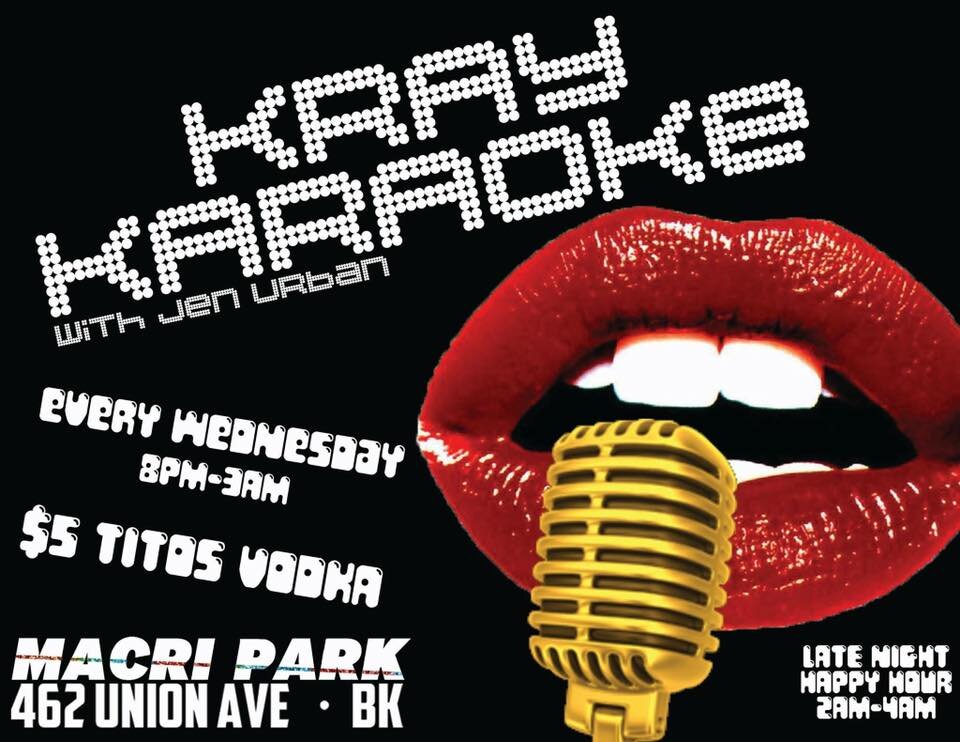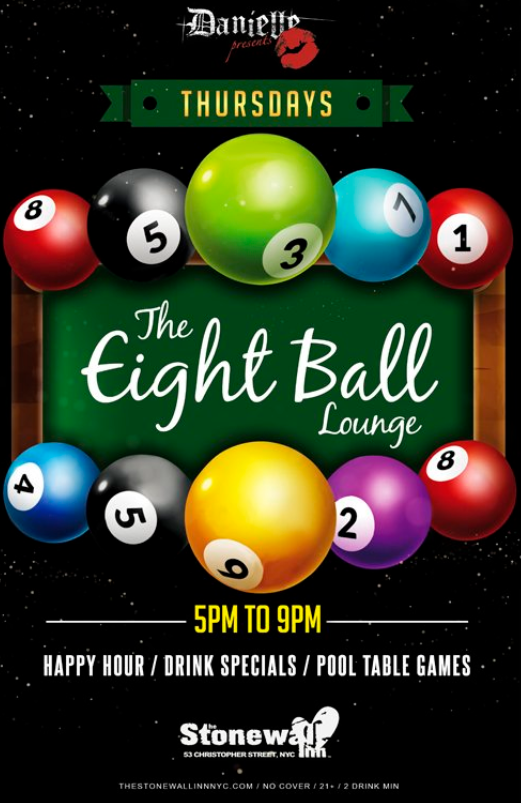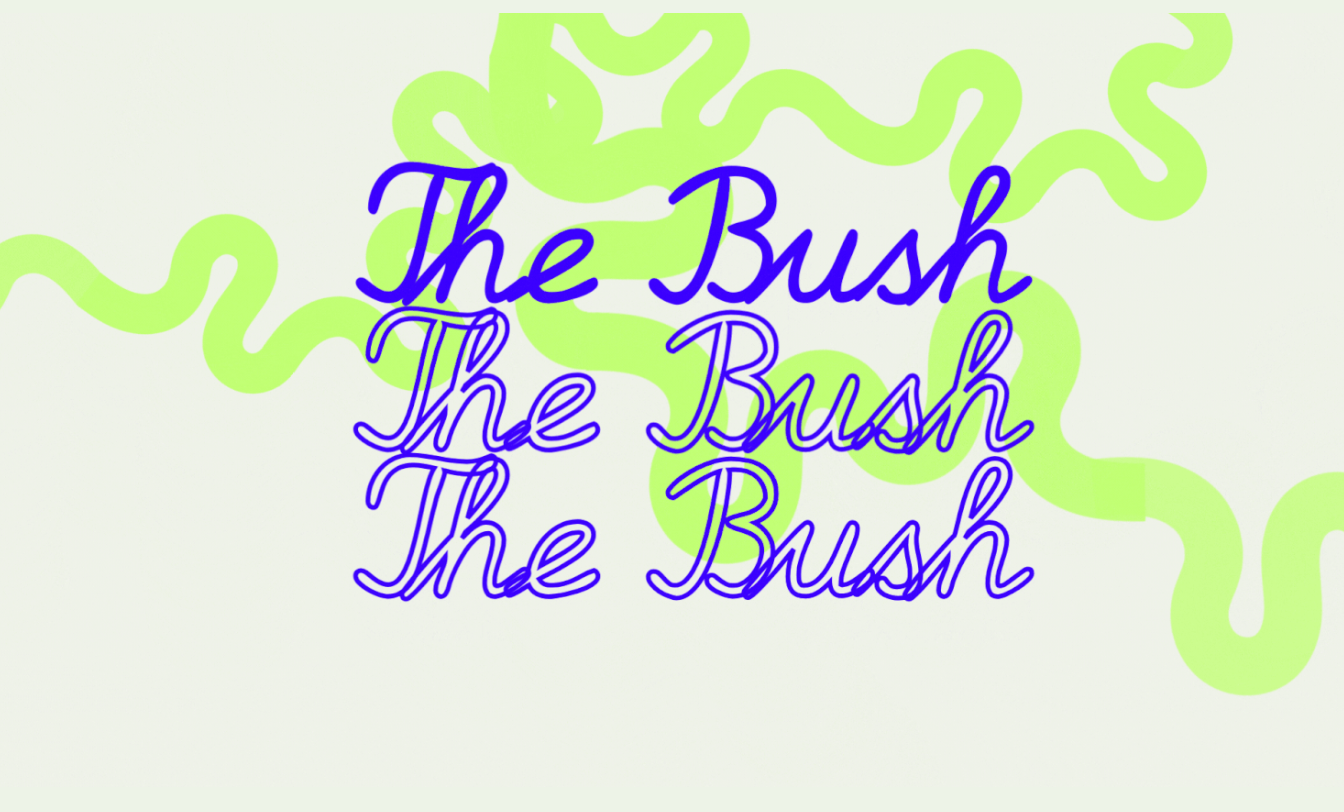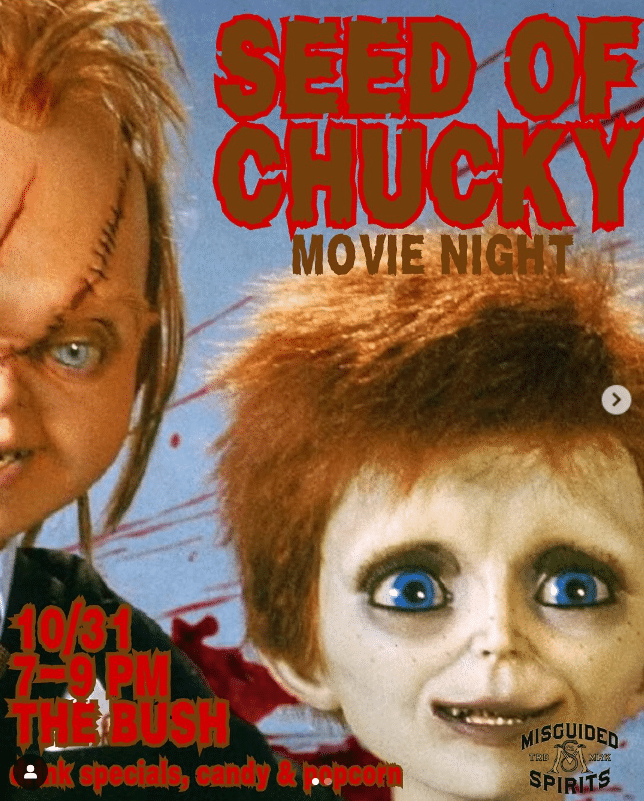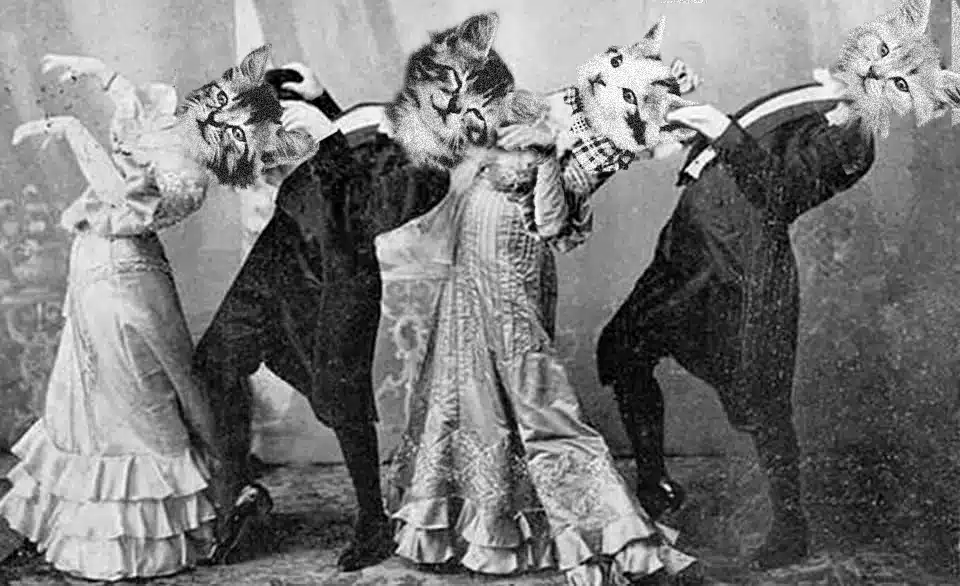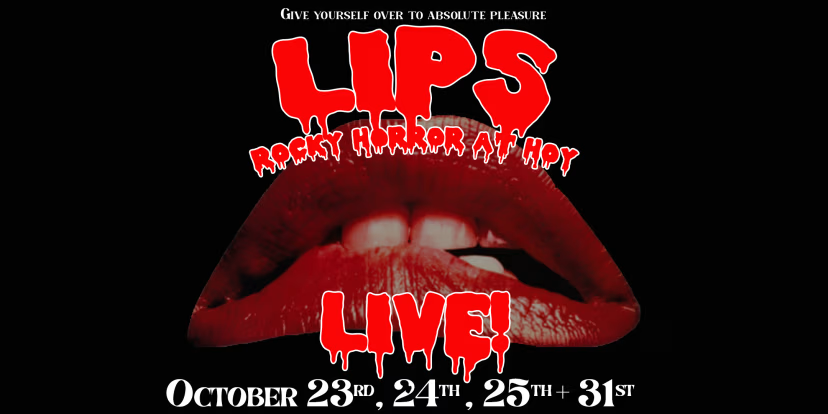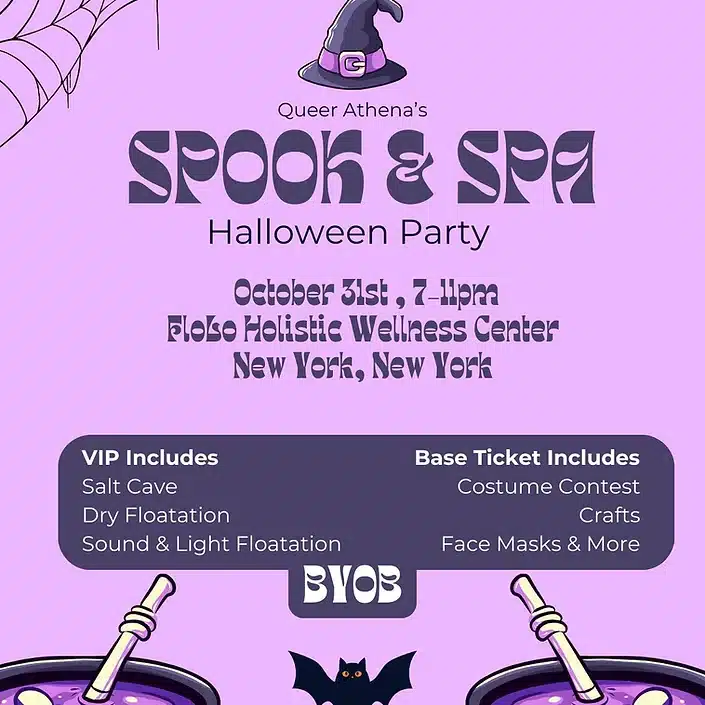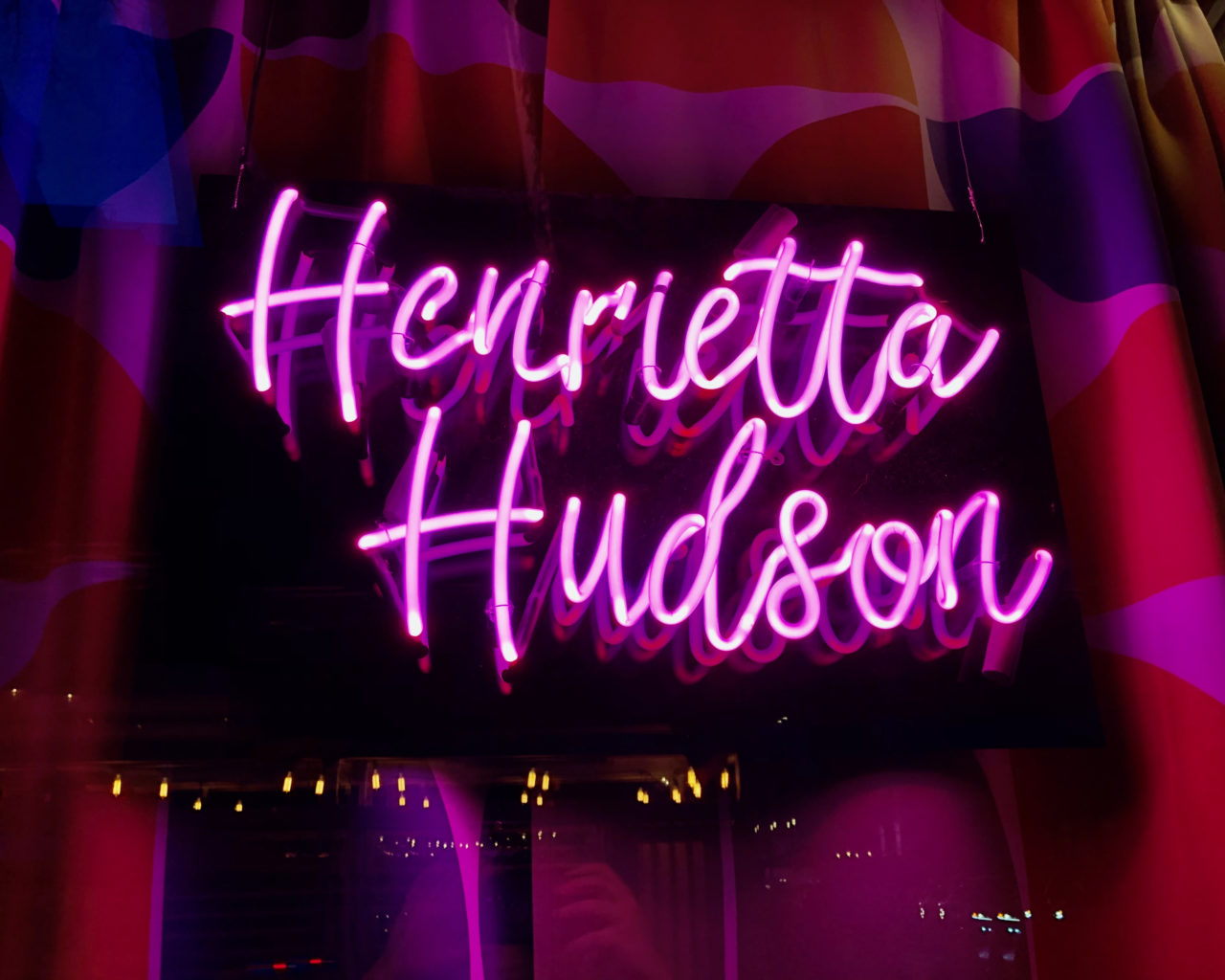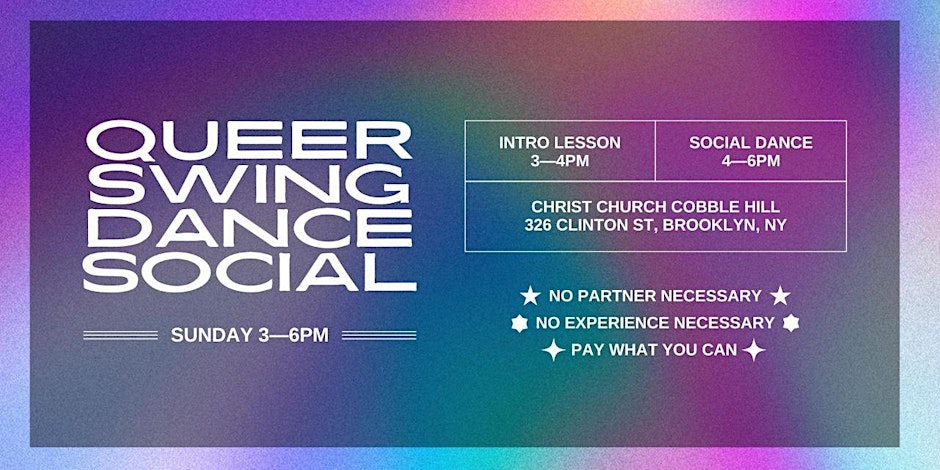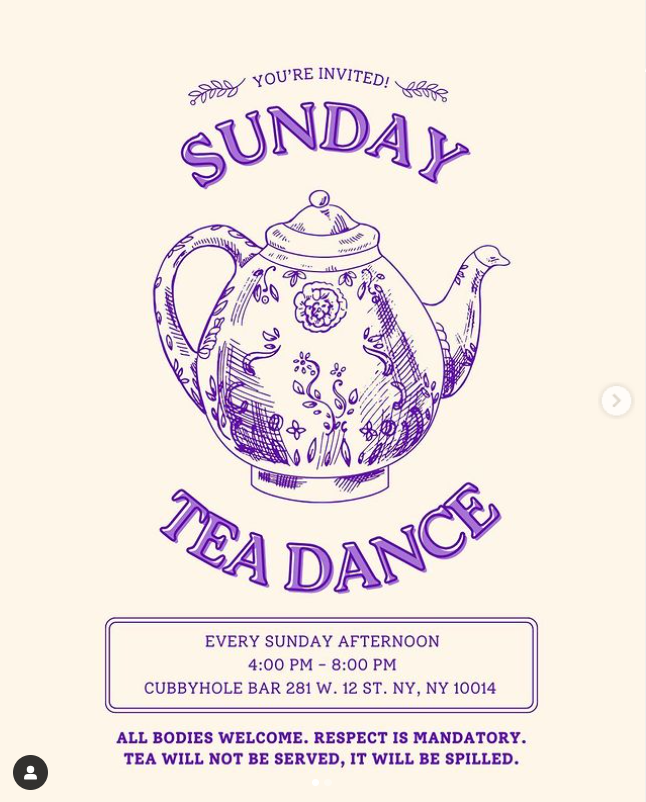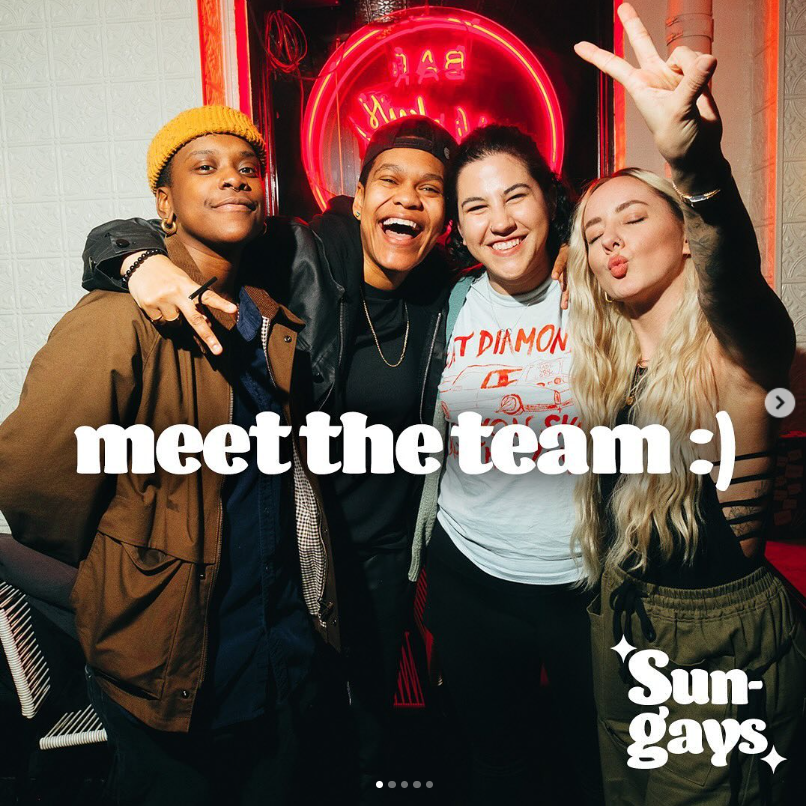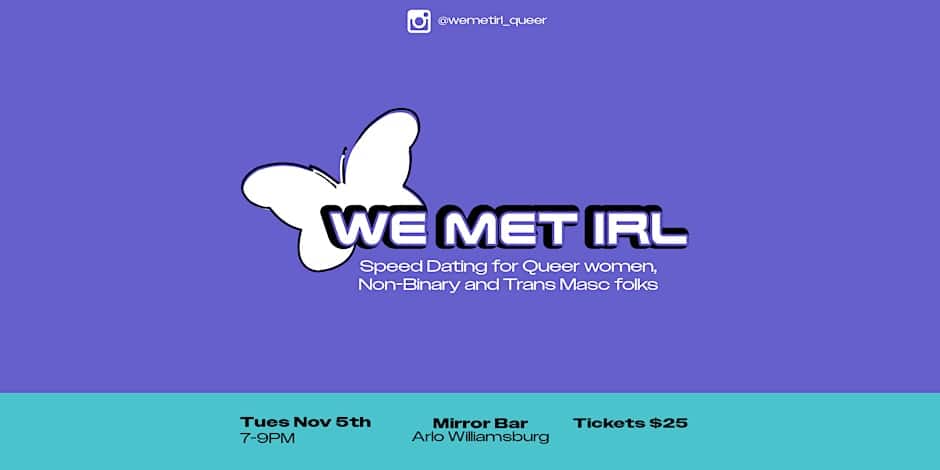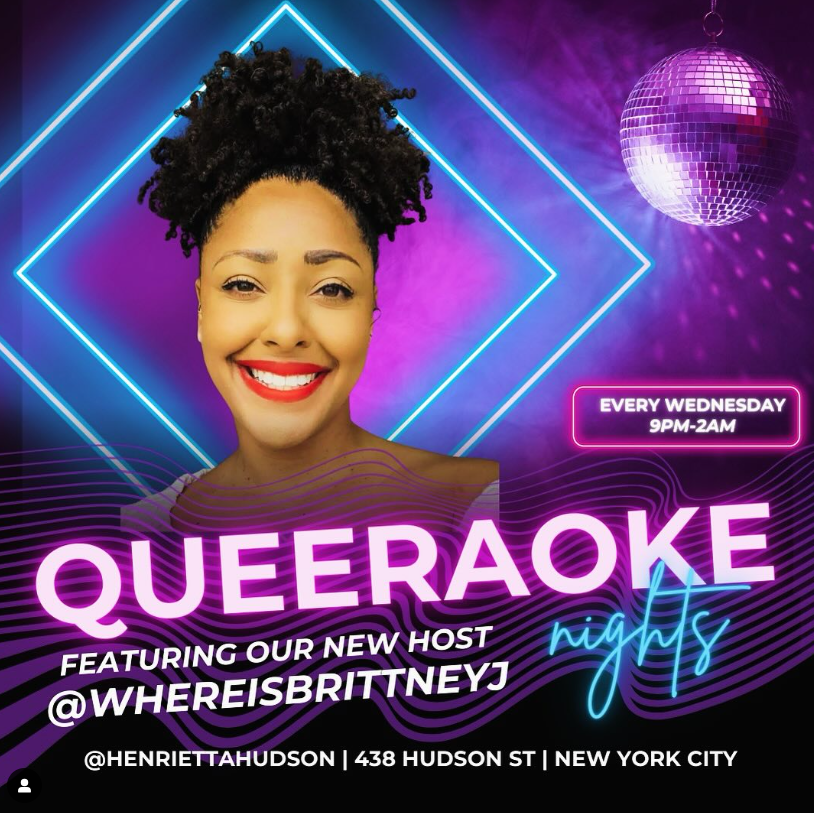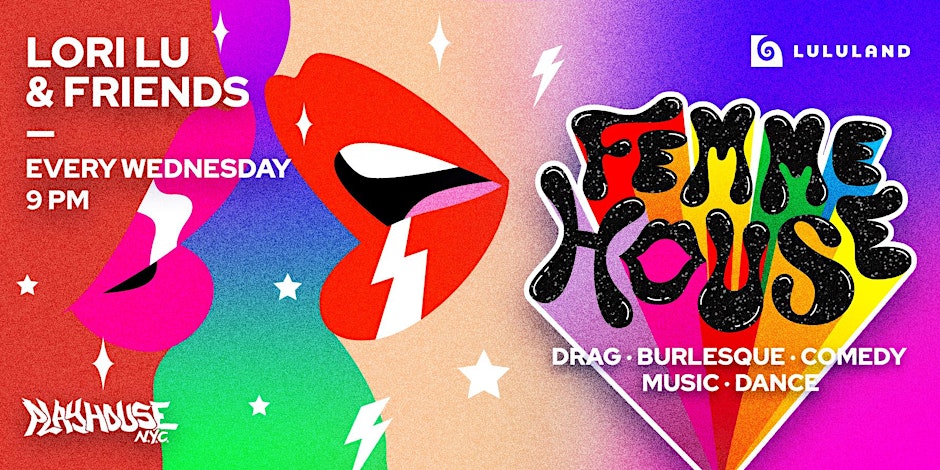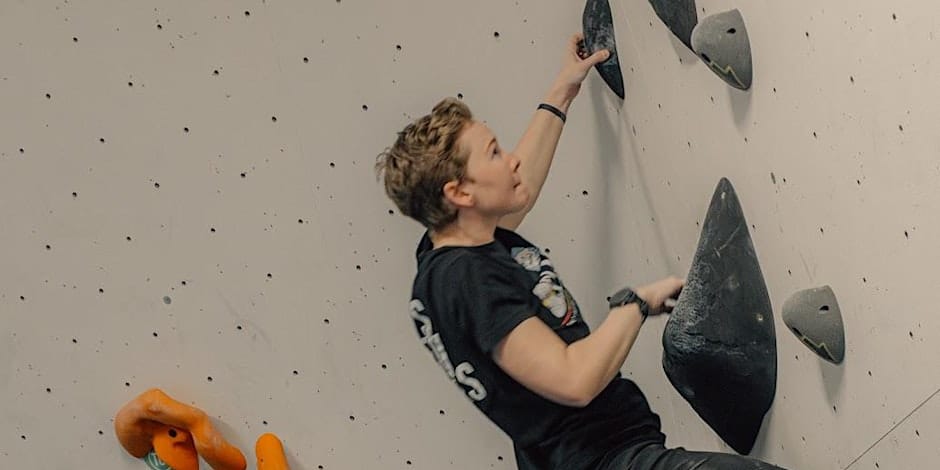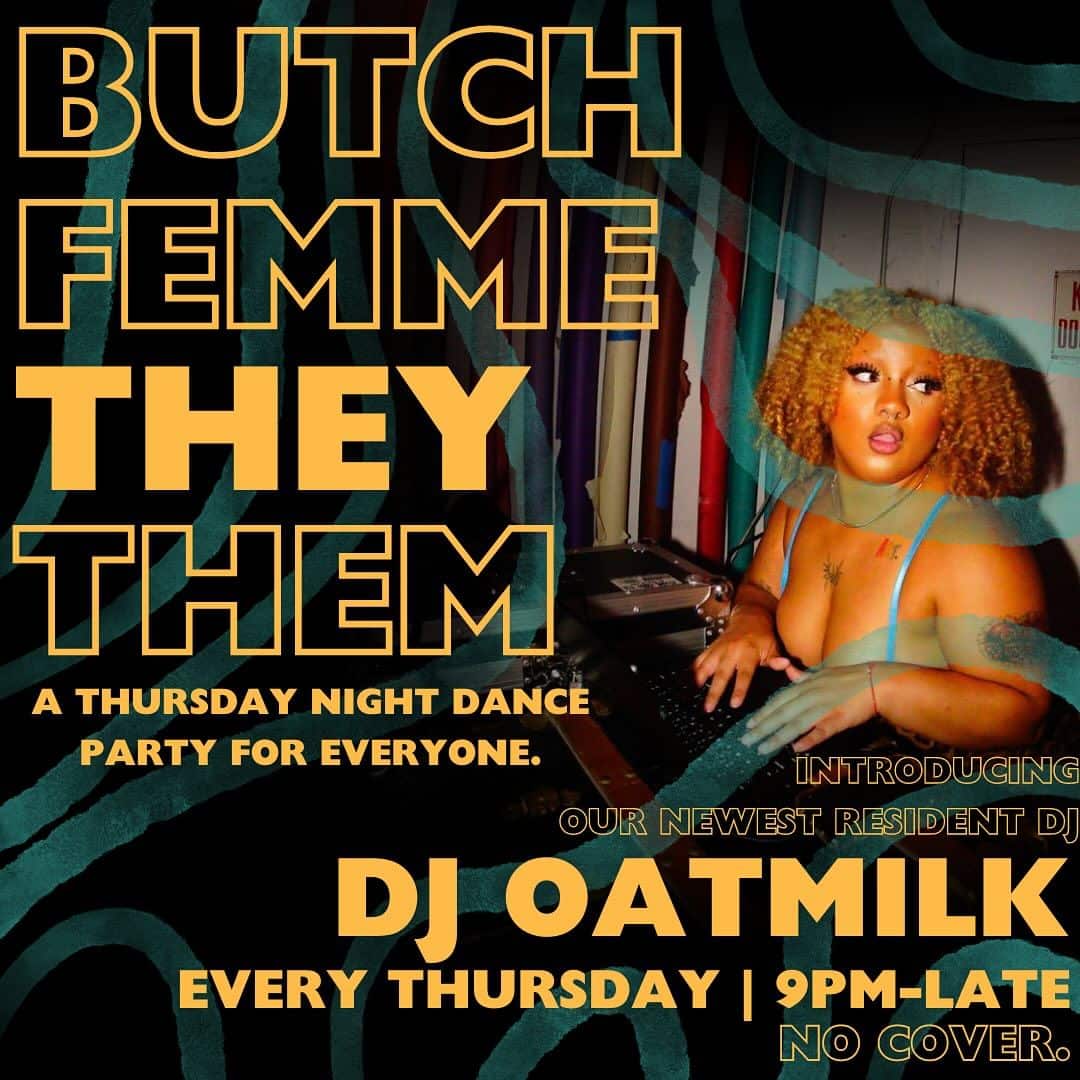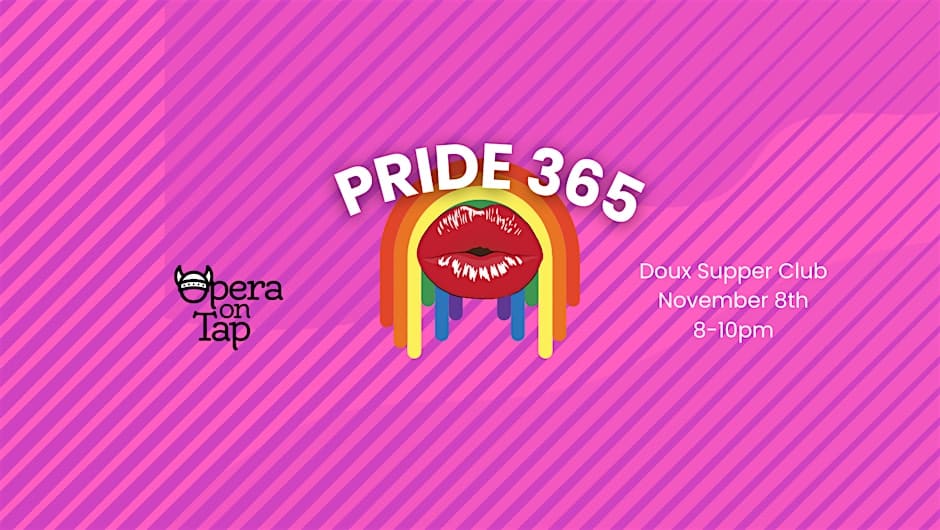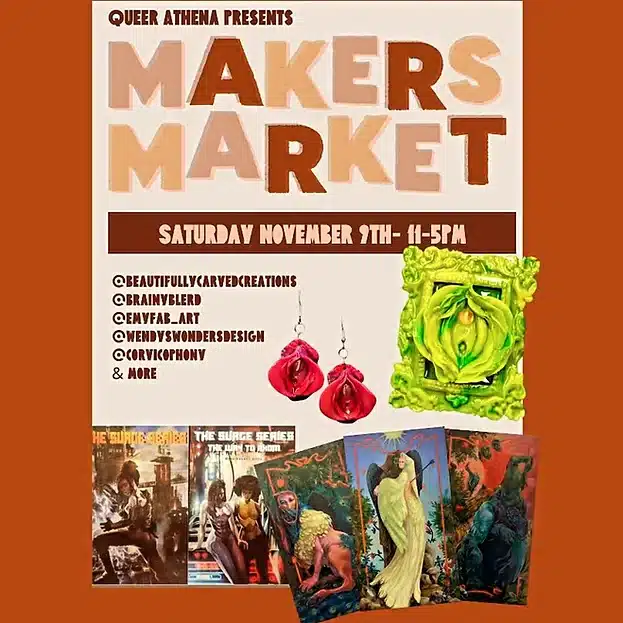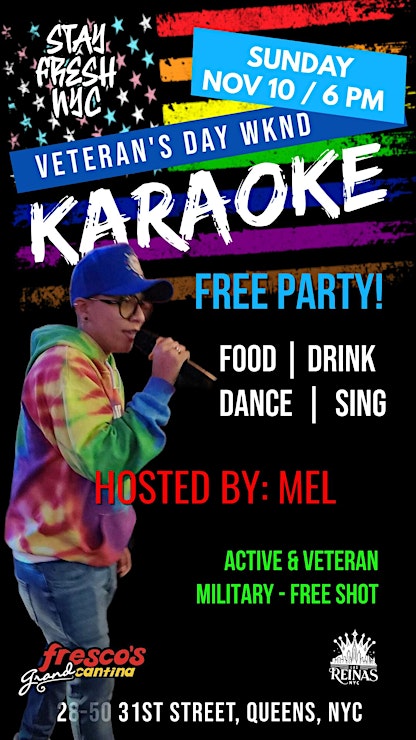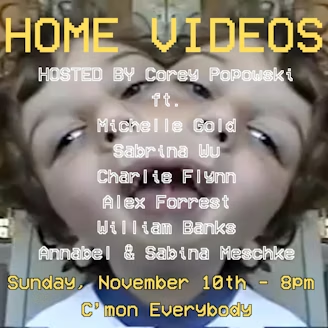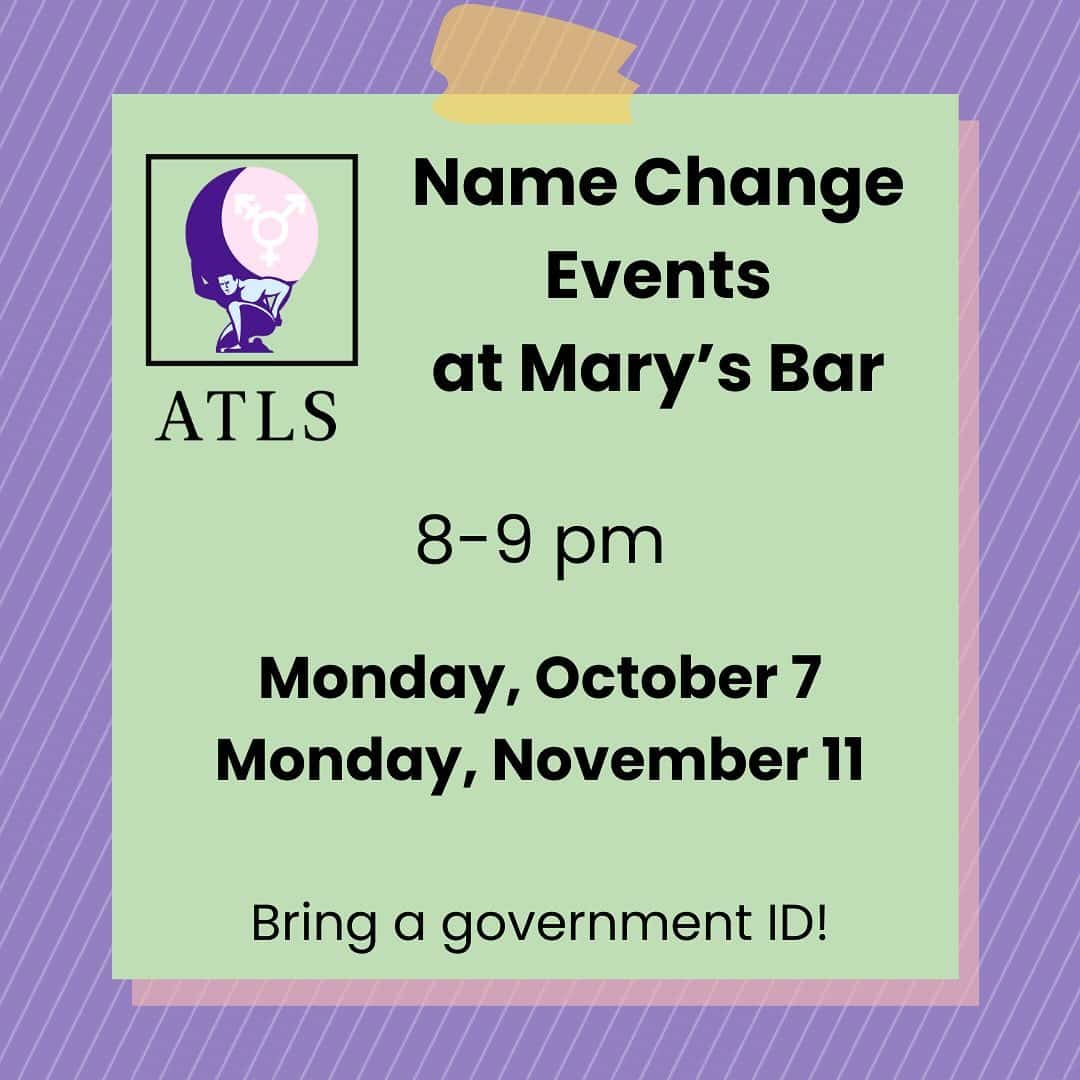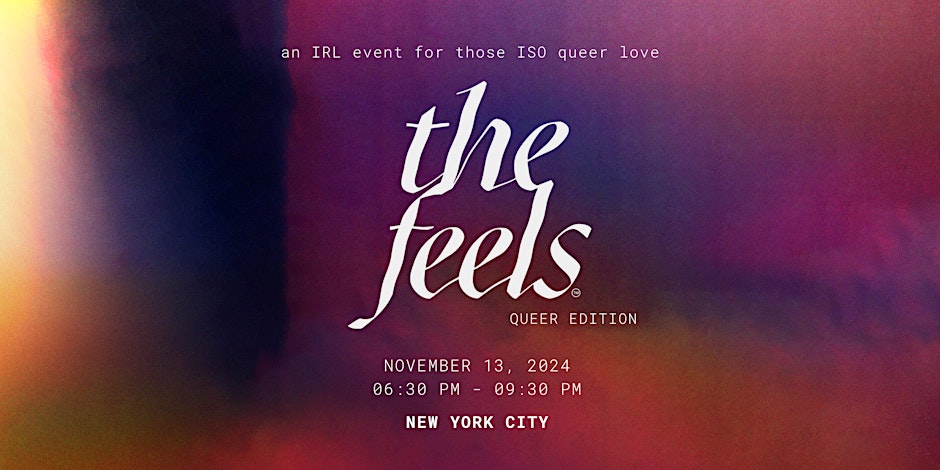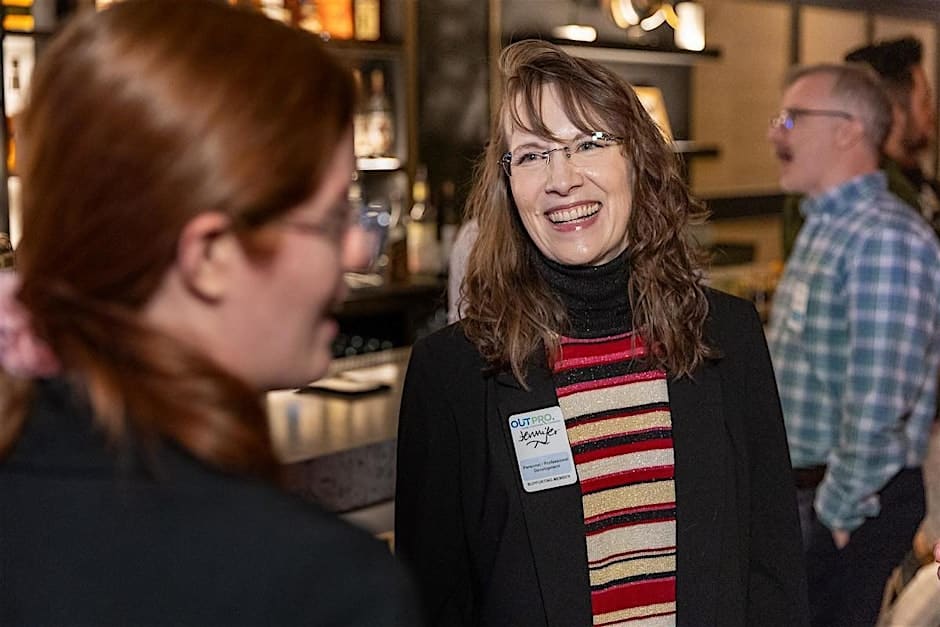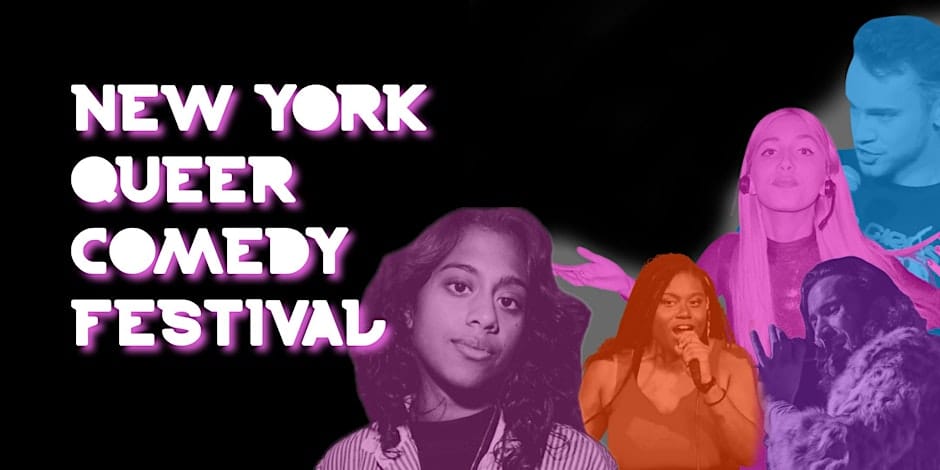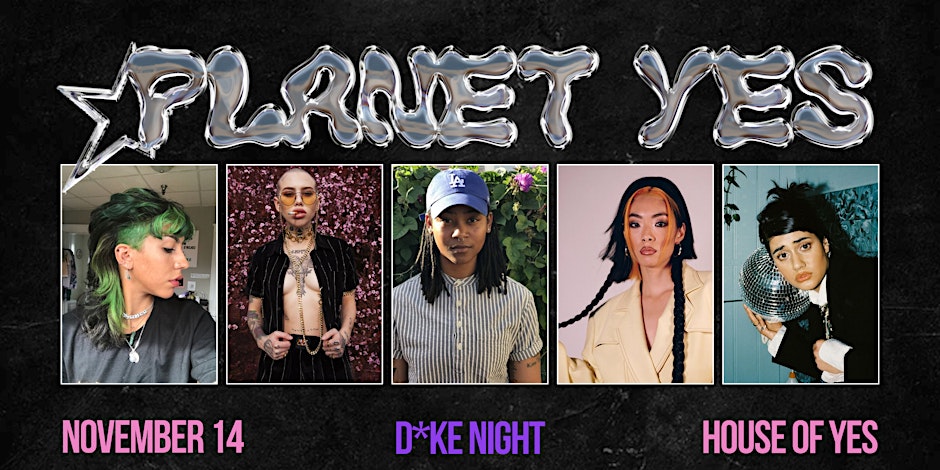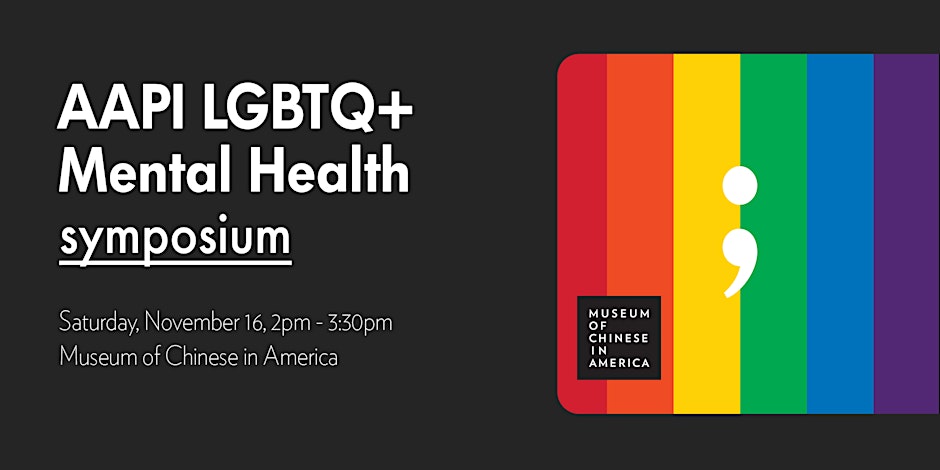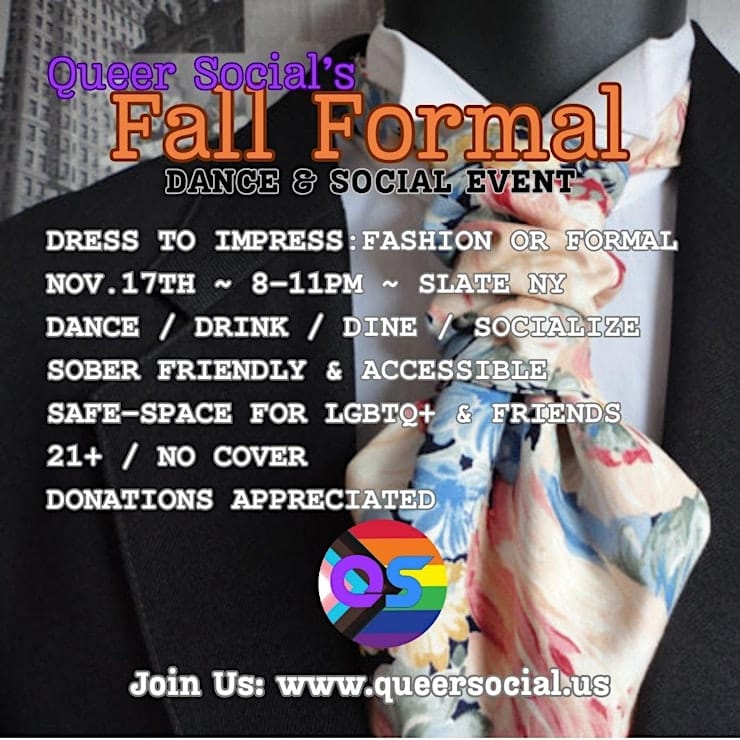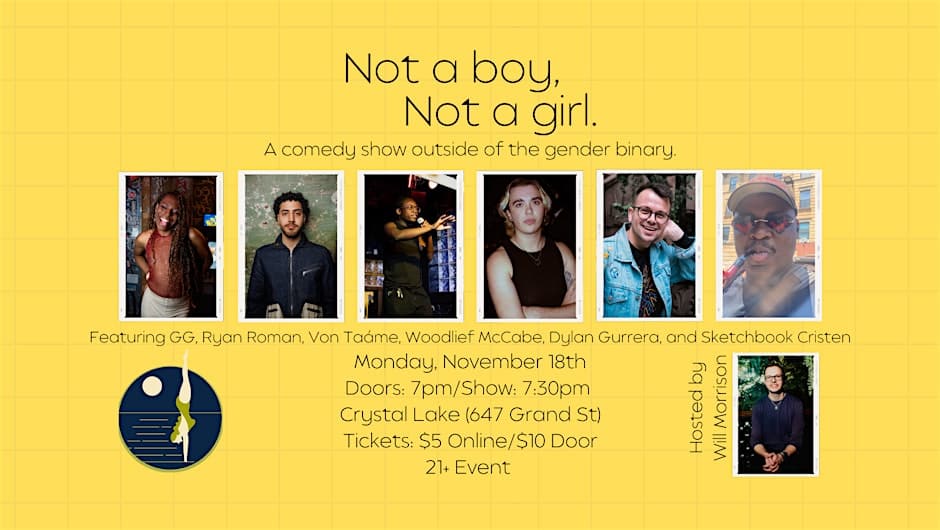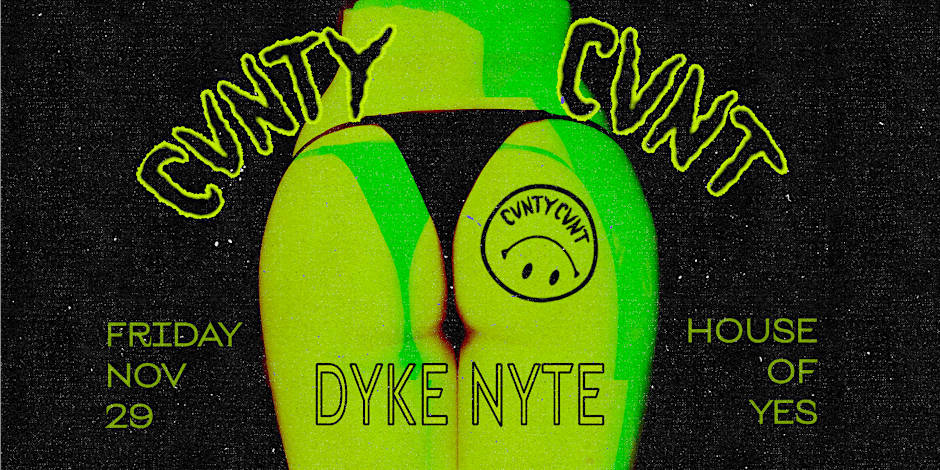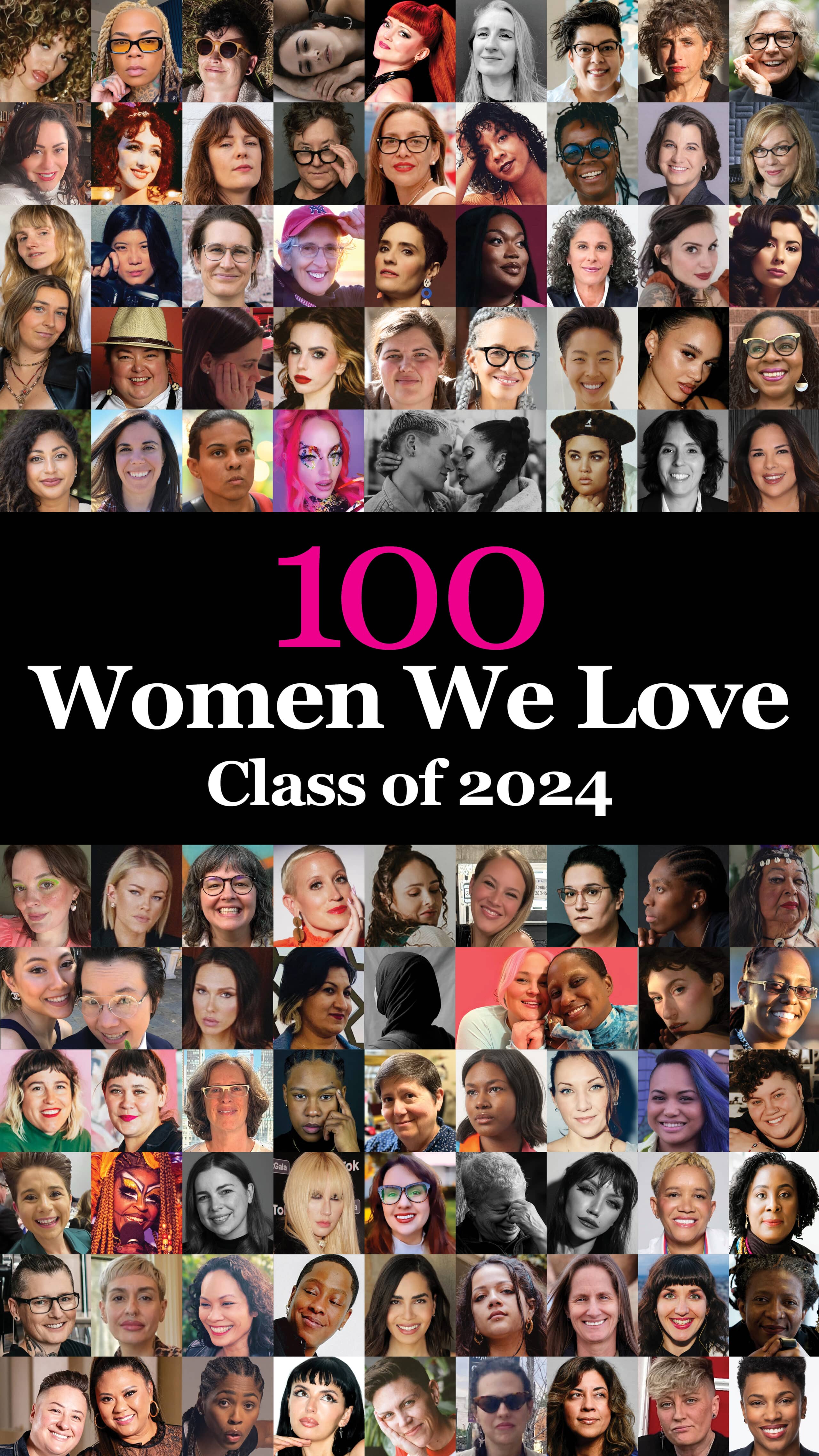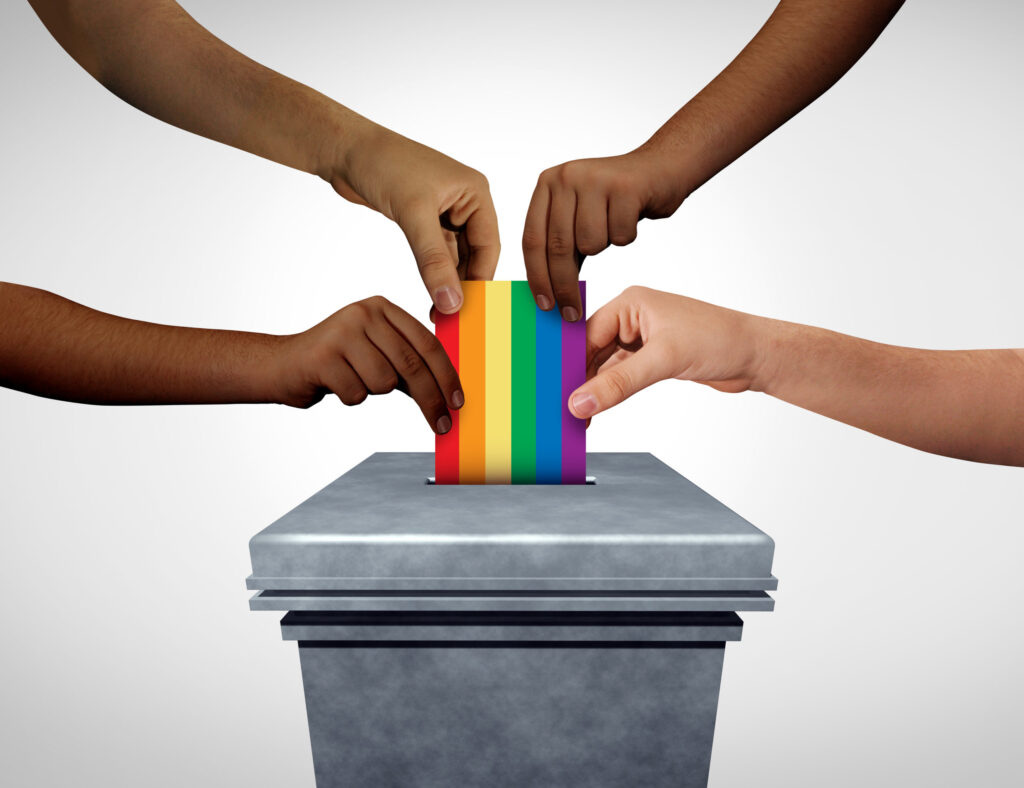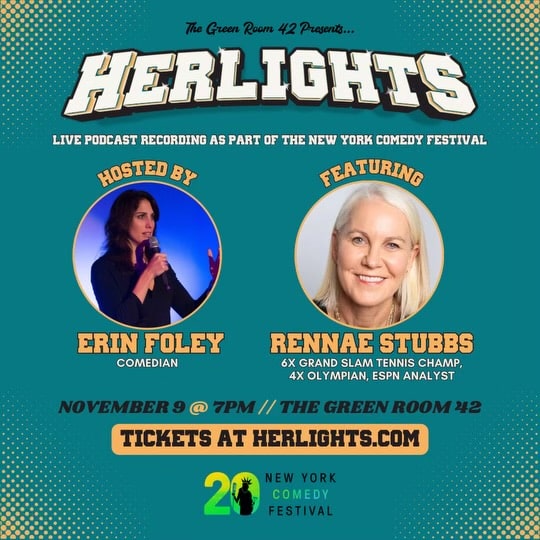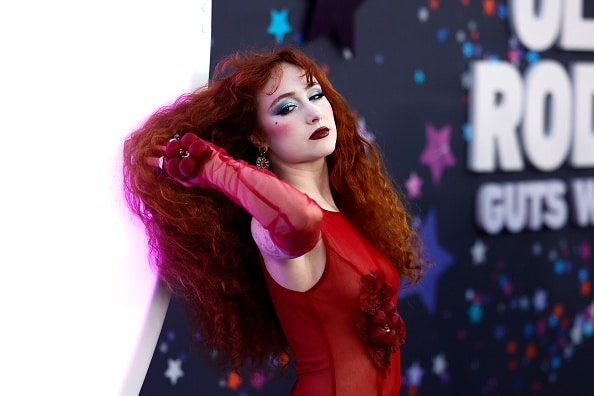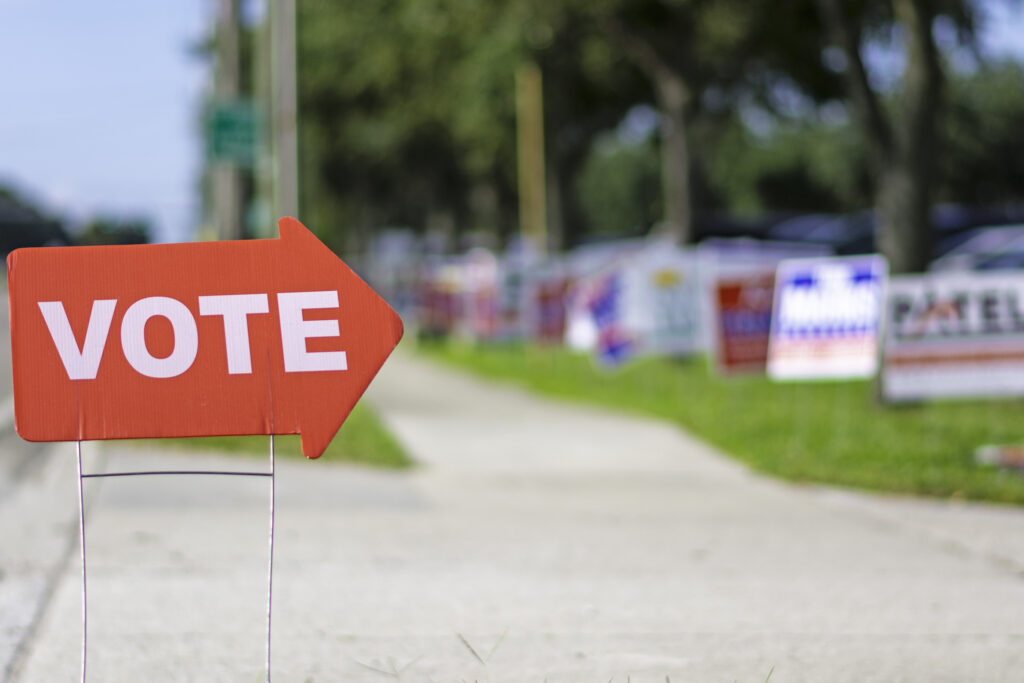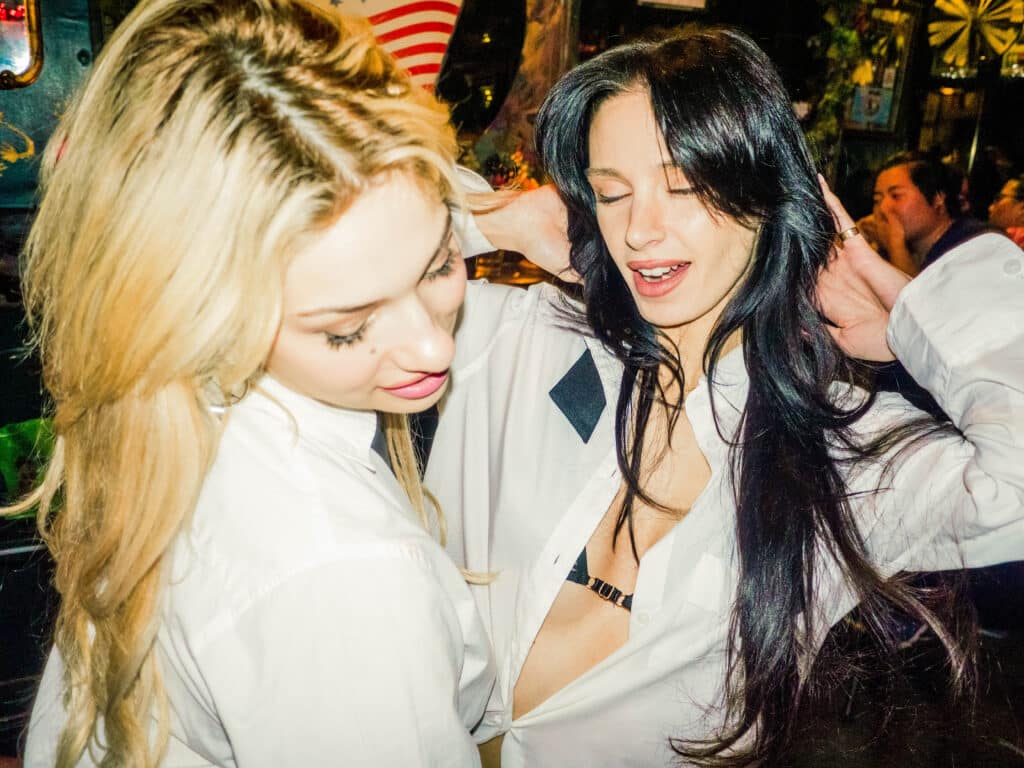All that remained of the burnt-out police cruiser was a charred patch of asphalt outside the Beantown Pub. The cruiser had been set alight the night before, after another day of protests over the killing of George Floyd bubbled into violence. A trio of men, all white, stood at the curb. One, like me, was taking pictures.
“That’s where they burned the police car,” one said, pointing to the blackened patch. He shook his head. What a shame.
I caught some more snippets of conversation as I walked through the Public Gardens toward Boston’s high-end shopping promenade, Newbury Street, which had been hit heavily the night before by looters. A row of marble statues along the Garden’s path, commemorating revolutionaries — all white, all male — bore tags from fresh spray paint. BLM. Dion (for Dion Johnson, shot to death in Arizona by a state trooper on May 25). A young woman taking in the damage explained to her friend that Black Lives Matter protesters would never have caused the damage, which she attributed to white supremacist agitators. Her reason: One of the statues defaced had been, according to the memoriam carved on his base, “a champion of the slave.”
As with the man outside the Beantown Pub, shaking his head at what remained of a cruiser’s roasting, the woman’s response reminded me of an uncomfortable truth about how we mythologize protests like the ones that are currently rocking most American cities. Protests are peaceful if they’re to be taken seriously. Other acts that might come with them — vandalism, destruction, often directed toward police and forces of the establishment — are merely the work of bad actors looking to stir up and agitate. As if protest itself isn’t intended to stir up and agitate.
As we approach a Pride already marred by the shutdown, the most recent wave of protests — and the unrest that follows — may initially seem like another blow to a usually joyful time of year for the LGBTQ+ community. We’ll miss the parades, the weekend in Provincetown, the tea dances, and the block parties — all things that we’ve come to take for granted each June.
But Pride itself was born out of unrest, committed at the hands of disruptive “bad actors” at Stonewall who weren’t exactly peaceful. They had every reason not to be.
The cultural context leading to Stonewall was anything but peaceful as far as homosexual, transgender, and queer folk were concerned. In addition to the general repressive atmosphere from the 1950s, the 1960s saw purges on gay establishments, in which police relied on raids and entrapment to rid the city of any “homosexual” influence. The New York State Liquor Authority (SLA) refused to grant liquor licenses to any bar that catered to homosexuals as a way of discouraging gathering. Instead, however, most of these venues fell into the hands of local mafia, who weren’t afraid to serve illegal hooch, blackmail clients, and provide cash kickbacks for police to give tip-offs before raids. When raids did occur, the people rounded up were often the most visibly “queer:” transgender persons, butch lesbians, drag queens — anyone who openly defied gendered conventions.
All of these factors shaped what happened at Stonewall on June 28, 1969, which began as a somewhat typical raid at around 1:20 a.m. Police stormed the premises, arrested those who weren’t dressed appropriately for their gender, and roughed up “suspects” who were then dragged outside in handcuffs.
As with so many defining moments, the altercation at Stonewall stems from a single act of violence committed against the larger cultural backdrop: police physically assaulted Stormé DeLaverie, a Black drag king and now lesbian icon, as she resisted arrest. But instead of taking the knocks quietly, she fought back. According to what she later told author Charles Kaiser, “The cop hit me, and I hit him back. The cops got what they gave.”
Many witnesses, including DeLaverie, have indeed identified her as the woman who police assaulted, and who threw the first punch, although accounts are somewhat mixed — as a group, the butch women appeared to be the first to fight back. Others soon joined, forcing police, who were outnumbered by the Stonewall patrons and the gathering crowd, to barricade themselves in the bar.
“Noses got broken, there were bruises and banged-up knuckles and things like that, but no one was seriously injured,” DeLaverie said of the incident. “The police got the shock of their lives when those queens came out of that bar and pulled off their wigs and went after them. I knew sooner or later people were going to get the same attitude that I had. They had just pushed once too often.”
Over and over, this appears to be the mantra from those who were there: They were fed up; they’d had enough. They’d been consistently forced underground by the same societal forces that relied on the police to not just maintain order but to also drive those underground out of existence. They were tired of being seen as things to abuse, degrade, and brutalize. As Miss Major Griffin-Gracy, a patron at Stonewall during the uprising and transgender activist, recalled in an interview with ABC News: “We were fighting and it was for our lives.”
The sentiments expressed are echoed today by Black Lives Matter protesters. There are, of course, some obvious differences. Many of us recognize police brutality as “toxic” rather than business as usual. We also know that trolls and actual “bad actors” might co-opt demonstrations simply to sow discord. We like to distinguish, too, between disruption and destruction, especially when the targets are local shops and businesses already hard-hit by the coronavirus shutdown.
But too much remains the same. The toxic cops. Police in riot gear. The names of the Black men and women like George Floyd, Breonna Taylor, Michael Brown, Tamir Rice, Eric Gardner, and Walter Scott who’ve died at their hands while nothing seems to change. Just a few days ago, the president had a crowd of peaceful protesters outside the White House dispersed with tear gas and rubber bullets so that he could strut across Lafayette Square for a photo op.
When the oppressor’s foot, or knee, is on your neck, symbolically and literally, responding “peacefully” isn’t a priority.
Speaking to the PBS NewsHour last year, Karla Jay, one of the protesters who joined Stonewall in the days following the failed raid, recalled a sign she’d seen posted in a window by one of the city’s few visible LGBTQ+ organizations that called for peace and cooperation with the local police forces. “I was shocked, because it seemed to me that this was not the time to be peaceful — that the police had started this whole mess by going into the Stonewall for a payoff to arrest people who were having a drink, dancing with their friends,” she said. “I was really stunned.”
Since 1969, Pride has evolved from an uprising into an orderly and, yes, peaceful event, but this year’s festivities — most likely, held digitally from our individual isolations — will happen amid the backdrop of social turmoil. While it might not feel like a time for celebrating, we have gone back to our roots.


